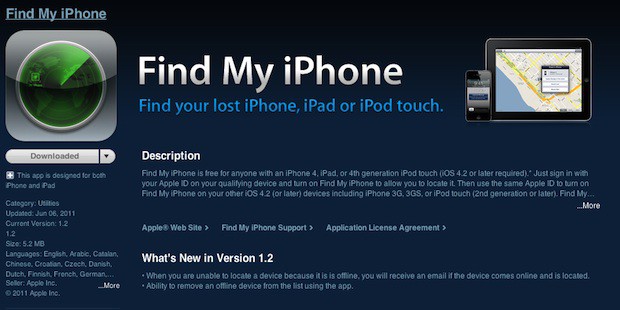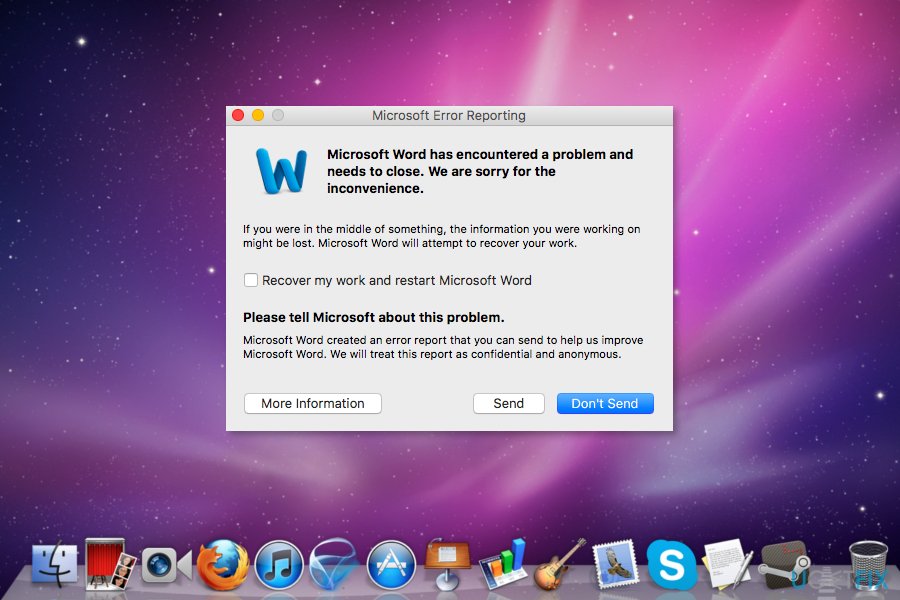Remove Microsoft 2011 Mac
Still using Office for Mac 2011 on your Mac? Have no idea how to completely remove the older version before installing the latest one? If you want to uninstall Microsoft Office without any trace left, follow the correct steps in this removal guide. About the app: Microsoft Office for Mac requires a one-time purchase, and includes the classic. Note: If you still have an Office for Mac 2011 application open, you'll see a warning. Type Y and press Enter to force close the program and continue with the uninstall. Type Y and press Enter to force close the program and continue with the uninstall. For one-time purchases of Office for Mac 2011 you can install Office on only one computer. However, you may transfer Office for Mac 2011 to another computer that belongs to you if you experience a hardware failure or you buy a new computer. For more information, see the Microsoft License Terms for your product.
- With Omni Remover, you can easily uninstall Office 2011 for Mac in one click, while the extraordinary part is, it will automatically start scanning Office 2011 for Mac leftovers, remaining caches, orphaned or corrupt junks, so as to give you complete Office 2011 for Mac Uninstalling solution.
- Aug 16, 2018 Go to your Applications folder. Remove the “Microsoft Office 2011″ folder. Remove the “Microsoft Communicator” and “Microsoft Messenger” applications. Go to your home folder, then go to the Documents folder. Remove the “Microsoft User Data” and “RDC Connections” folders.
- How to Remove Microsoft Office 2011 on Mac OS X. Removals on Mac OS X are quite different from those on Microsoft Windows OS. This page can help you understand the basic knowledge of system maintenance, guiding you through the confusion of removal problems.
- Nov 28, 2019 This removal tool only runs with Windows systems, such as Windows 7, Windows 8/8.1 and Windows 10. In order to uninstall Microsoft Office on Mac, you can try to remove them yourself or take the help of a third-party uninstaller utility. Read More: Download and Install MacOS Mojave 10.14.6 On Macbook. Manually Uninstall Office 365 (2011/2016) on Mac.
 -->
-->
Introduction
This article describes how to do a clean uninstallation of Microsoft Lync for Mac 2011.
Procedure
To cleanly uninstall Lync for Mac 2011, follow these steps:
Note
You may be able to avoid uninstalling Lync for Mac 2011 if you create a new profile on the Mac. If you contact Microsoft technical support, you may be asked to create the new profile as a troubleshooting step. If the issue is resolved by creating the new profile, it will be determined that the issue was caused by a corrupted profile.
Log on to your computer by using administrative credentials.
Exit Lync if it's running.
Drag the Lync application to the Trash.
To remove your existing Lync preferences, delete the following files:
Users/username/Library/Preferences/com.microsoft.Lync.plist
Users/username/Library/Preferences/ByHost/MicrosoftLyncRegistrationDB.xxxx.plist
Users/username/Library/Logs/Microsoft-Lync-x.log
Note This file is present only if you turned on Lync Logging.
Users/username/Library/Logs/Microsoft-Lync.log
To remove all Lync files from your computer, delete the following folders in the Users/username/Documents/Microsoft User Data folder:
- Microsoft Lync Data
- Microsoft Lync History
Note
If you delete the Microsoft Lync History folder, you delete all conversations that are saved in the Conversation History.
In the Applications/Utilities folder, open Keychain Access.
- Delete any keychains on the left that resemble OC__KeyContainer__
.
- Delete any keychains on the left that resemble OC__KeyContainer__
See the following table for more information about the path locations that are used in Lync for Mac 2011.
| Folder path | Description |
|---|---|
| Users/Home Folder/Documents/Microsoft User Data/Microsoft Lync Data | Contains information about the users who have logged into Lync for Mac 2011 on this user account. |
| Users/Home Folder/Documents/Microsoft User Data/Microsoft Lync History | Contains conversation history for the user currently logged in. |
| Users/Home Folder/Library/Preferences/com.microsoft.Lync.plist | Contains application preferences for Lync. |
| Users/Home Folder/Library/Caches/com.microsoft.Lync | Contains server names and endpoints from previous connections to Lync servers. |
Uninstall Microsoft 2011 Mac
More Information
To view the Lync for Mac 2011 deployment guide, go to the following Microsoft website: Lync for Mac 2011 Deployment Guide.
The third-party products that this article discusses are manufactured by companies that are independent of Microsoft. Microsoft makes no warranty, implied or otherwise, about the performance or reliability of these products.
Still need help? Go to Microsoft Community.
If you’re using Outlook 2011 on your Mac, there will be times when you need to delete an old or unused email account. Here’s how to do it.
The other day I showed you how to add Windows Live Mail via POP3 to Outlook Mac 2011. Now that you know how to add an account, what about removing one?
First, launch Outlook Mac 2011. From the toolbar click Outlook >> Preferences.
Outlook Preferences opens. In the Personal Settings column click on Accounts.
The Accounts screen comes up. This will list each of the email accounts you have set up in Outlook. Here I just have one, but highlight the one you want to delete in the left panel. Then at the bottom click the minus button to deleted the selected account.
Remove Microsoft 2011 Mac Free
If you want to save your emails, or delete them, click the Advanced button on the Accounts screen.
Then select if you want to have your emails deleted from the server after a certain amount of time or not at all.
After deciding on what to do with your existing emails click Delete on the verification message.
After that you’re brought to the Add an Account screen. Microsoft av for mac. That’s all there is to it. Now you can add your new email address or just close out of this screen.